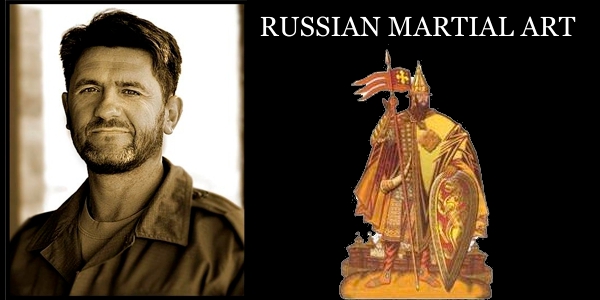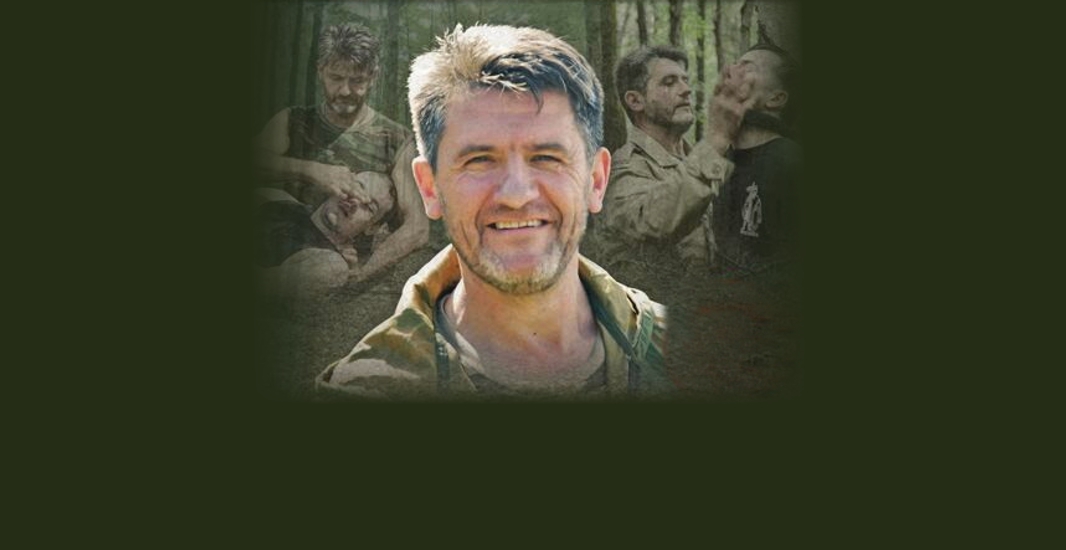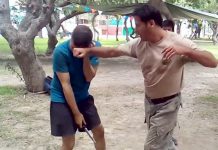 Effective Defense in Confined Space comes from two essential abilities:
Effective Defense in Confined Space comes from two essential abilities:
– the skill of working (defending yourself) in one spot (for example, behind a desk in a small office, or on a mine field where one step away from your spot could be the last step you ever make!)
– the skill of working without the full use of your body movements (it can range from a mild restriction, if you can’t let go of something you’re carrying, to being able to move only your fingers, if you are restrained or squeezed in a crowd.
Based on this definition, here is a set of training drills, it is one of the exercise sequences I use in class to prepare my students for real situations.
Drill #1: FALLING IN ONE SPOT
Practice going down with rotation like a coiling rope. This allows you to stay in the same spot while the rotation lets you evade punches and kicks.
Note that in reality, this requires a high level of professionalism psychologically. Instead of instinctively jumping away from a threat, it is not easy to remain in one spot, twist and go down.
Drill #2: ROLLS
Start with doing full rolls in an open area.
Progress to rolling beside a chair or a table.
Roll forward towards a wall & backward towards a wall.
Progress by starting your roll closer and closer toward the wall.
This teaches you to adjust and change the direction of the roll in front of an obstacle. For example, in a real setting you may have to roll towards a glass window or a piece of furniture and don’t want to bang your legs into it, or have to avoid hitting a person you are with as you?re rolling.
Drill #3: PUSHED AGAINST THE WALL
Start half a step away from the wall with your back to it. Your partner pushes you into the wall. Try to control the impact by rolling the wall contact from one shoulder blade to the other.
Next, stand half a step away and face the wall. Your partner pushes you into the wall and you control the impact. Start by using your hands to catch yourself. Progress to keeping your hands down and using your chest for contacting the wall only. This exercise develops your ribcage mobility. If you are held by the arms or tied up, you will need the skill of moving your face away from injury.
Drill #4: KICKS AND PUNCHES AGAINST THE WALL
Stand with your back right against the wall. Your partner kicks and you move away, maintaining full contact with the wall.
To progress, have your partner move closer and deliver punches. Avoid his punches without breaking contact with the wall.
Progress to avoiding kicks and punches while half-sitting, then to fully sitting, then to the most limiting position – laying down with your side against the wall. It can happen that you’ve been taken down or fell into the wall and the attacker is trying to kick you, you will need the skill to survive.
Drill #5: SENSITIVITY TO MOVING SUPPORT
Stay back-to-back with your partner (if you’ve never worked in this position, you may like to move around and get used to it first). Avoid kicks from another opponent without breaking the back-to-back contact with your partner.
Again, progress to a closer distance of confrontation, while the opponent throws punches at you.
This drill develops your sensitivity to the movements of another person or object and teaches you not to rely on any point of support. Practical in a setting such as you hiding behind a car, leaning on it, and the car starting to move.
Drill #6: RELEASES FROM HOLDS
Stay with your back against the wall. Your partner holds onto your wrists. Free yourself from your partner’s holds without breaking contact with the wall. Continue releasing yourself from holds onto elbows, then onto shoulders, then pressed completely against the wall.
This skill is very useful because attackers often try to hold the victim against the wall or against the floor or against the furniture to limit his actions.
Drill #7: EVASIONS & TAKEDOWNS
With your back against the wall, avoid kicks, punches and holds from your partner. Now, however, you should escape and also put your partner down, again never breaking contact with the wall.
Progress to the same drill while back-to-back with your partner, then progress to having two attackers kicking and punching at your pair.
Then proceed to staying side-by-side with your partner. Avoid kicks, punches, and holds coming from both sides. Put both attackers down without breaking shoulder and arm contact with your partner. This provides you with the very useful skill of working with one side of the body only. For example, if you have a child by your side. Normally you might step to that side, away from the threat, but now you can’t.
Drill #8: IN A CROWD
Work in a crowd in pairs. Start with each pair being two steps away from any other pairs. Practice kicks-and-takedowns, strikes-and-takedowns, and holds/releases-and-takedowns with your partner, all while avoiding contact with the other pairs in the gym.
Progress to the same setting, but now just one step away from other pairs. Continue at closer and closer distances until you have a tight crowd.
This provides you with further advancing the skill of dealing with moving supports, since the positions and actions in a crowd are constantly changing, unpredictable and accelerated.
TWO IMPORTANT POINTS
1. For effective Defense in Confined Space, it is imperative that you ASSESS THE SITUATION – see both its positive and negative sides. All the objects around you can be obstacles and hindrances if you hit yourself against them, but they can also be very positive and serve you as a cover or be used as weapons.
For example, it is good to use a wall to protect your back, but make sure you don’t hit your head against it.
A nice SPACE AWARENESS DRILL is to look around you and quickly memorize your surroundings, then close your eyes and walk around at various speeds without bumping into any objects.
2. Remember that distances are very short when working in Confined Spaces, so all the movements will happen quickly. Therefore, BE ESPECIALLY AWARE OF KNIFE THREATS. It is very important to hold your body relaxed and free – being able to move every body part independently of the whole. The training tips on Knife Disarming will follow in future articles.
I sincerely hope that you find these drills and ideas useful. Please let me know what other topics interest you. I wish you all the best in your training!
Respectfully,
Vladimir Vasiliev
This article was first published on December 05, 2004.





